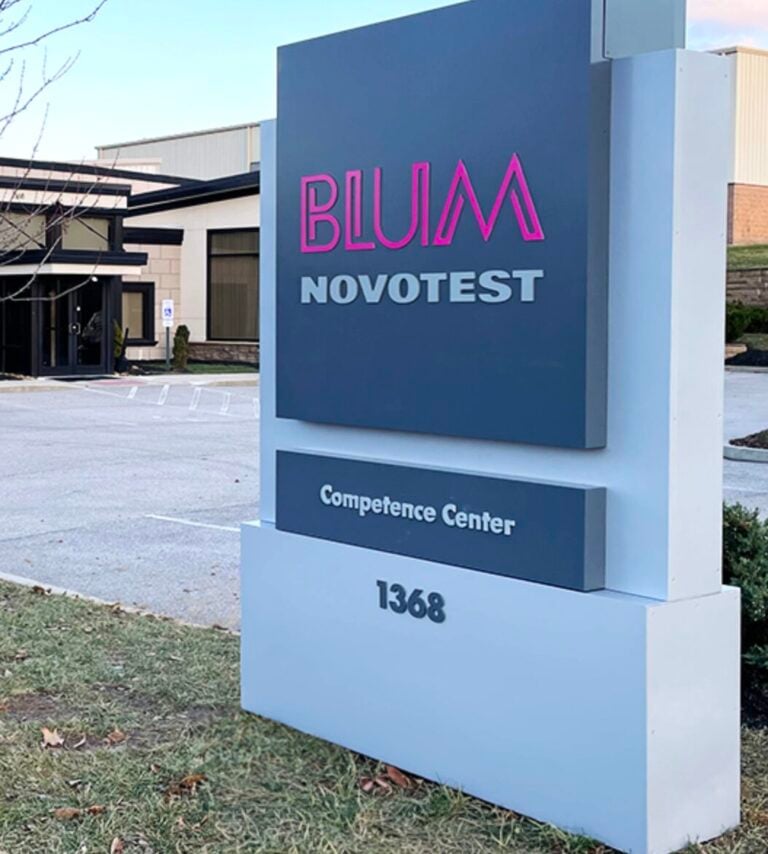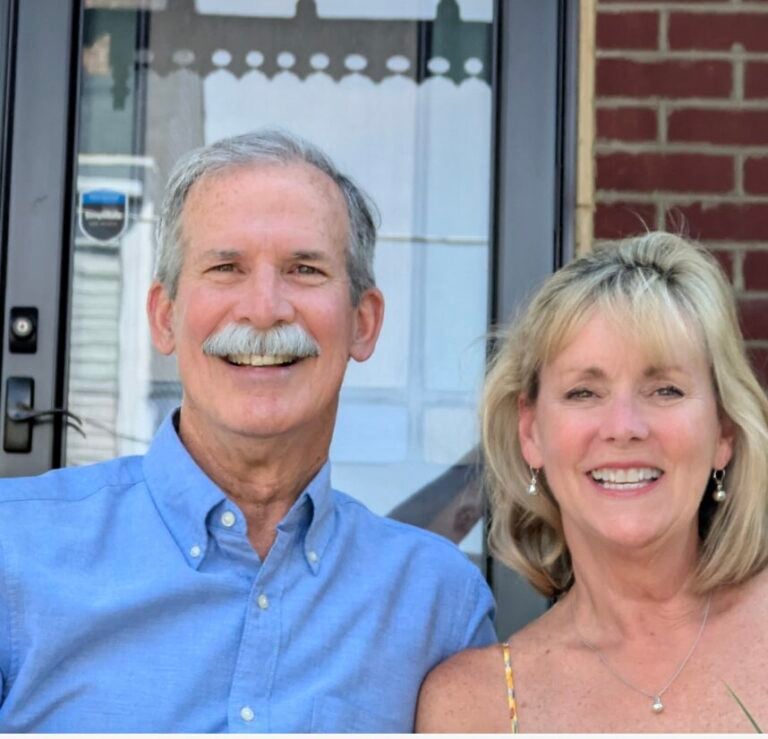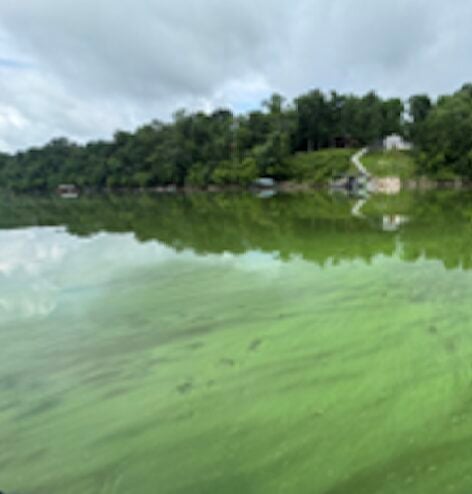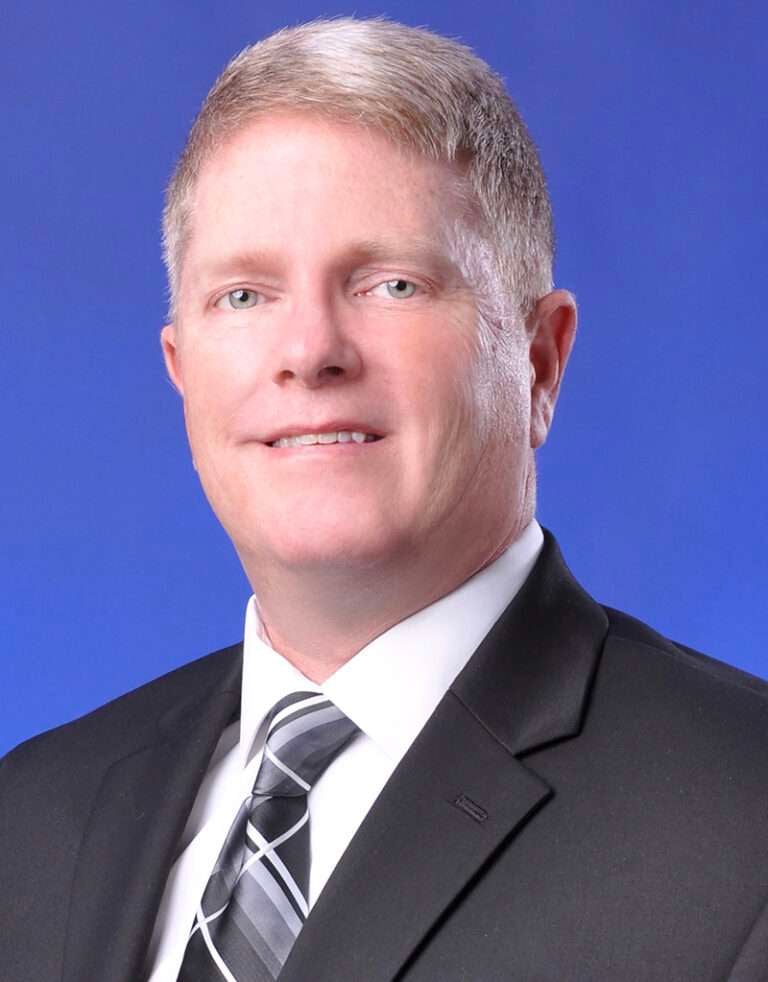Other than during a rare boil-water advisory, most of us don’t think twice when we turn on the faucet. We just expect clean and plentiful water to be there.
For about 95 percent of Kentuckians, that’s exactly what we get each and every day from the 400-plus public and community water systems that serve the commonwealth. These systems meet or exceed health-based standards at an incredible rate of 99.73 percent.
We shouldn’t take clean water for granted, however, as extreme droughts out West and the lead crisis in such communities as Flint, Mich., show. The need to stay the course was the focus of remarks last week from the state’s Division of Water director, who appeared before the General Assembly’s Natural Resources and Environment Committee.
He noted that the average age of our 213 water treatment plants is 36, while the 60,000 miles of water lines that bring this resource to our homes and businesses are older than that. Our nearly 1,900 water-storage tanks, meanwhile, are not much younger, with an average age of 26.
He said the state has $1.9 billion in infrastructure needs through 2025 if we want to keep our public water systems healthy.
The challenge is that many of these systems are seeing little if any growth in customers, and conservation efforts have reduced demand as well. That is making it tougher to finance major projects.
It’s a similar story for our sewer systems, which cover about 60 percent of our population. Wastewater treatment plants are about 30 years old on average, and more than 5,000 miles of sewer lines have been in place for five decades or longer.
Earlier this year, the state took two major steps forward to ensure our water remains safe and plentiful. In March, the Division of Water created a diverse workgroup to assess how well Kentucky is meeting lead and copper guidelines and what more we may need to do.
State officials noted that just three of the 400-plus public water systems exceeded recommended lead levels over the past four years, but changes in procedure brought all three back into compliance. Cities like Louisville, meanwhile, are working to replace lead service lines to be even safer.
Around the same time this group began, the General Assembly passed a law creating the Kentucky Water Resources Board, which was a major priority of Kentucky Farm Bureau. The new board is tackling such issues as conservation, drought response and making sure agriculture and rural areas have what they need in the years ahead. I was proud to co-sponsor this law and to advocate for this for years.
Speaking of drought, the state issued a Level I warning last week for most of the commonwealth, since we have only received 40 to 75 percent of our normal rainfall over the past three months. Northern Kentucky, which has had a wetter fall, is the only area not included.
The drought is a major factor behind a recent rash of forest fires, especially in the eastern part of the state. More than 29,000 acres have already been burned, necessitating the need for more localized burning bans.
As always, I would like to hear any concerns or questions you may have regarding state government. You can reach me by addressing any letter to Room 329E, Capitol Annex, 702 Capitol Avenue, Frankfort, KY 40601; or you can email me at Mike.Denham@lrc.ky.gov.
To leave a message for me or for any legislator by phone, please call 800-372-7181. For those with a hearing impairment, the number is 800-896-0305.
I hope to hear from you soon.
I would like to add that this newspaper column was prepared at my direction by legislative staff. I provided information I thought was important and approved it as written.
State Rep. Mike Denham is a Democrat from Maysville and has represented House District 70 (Bracken, Fleming and Mason counties) since 2001.


















